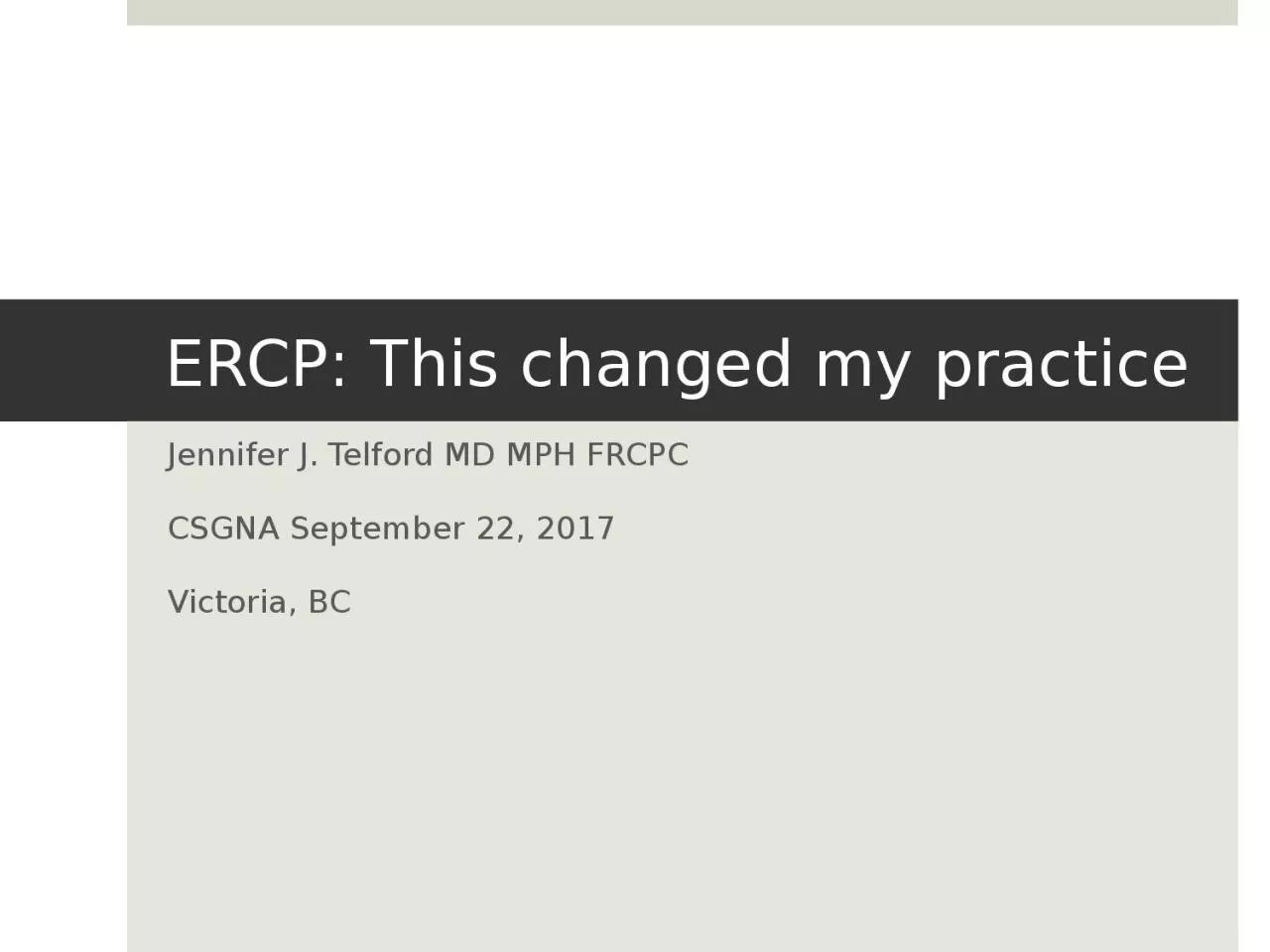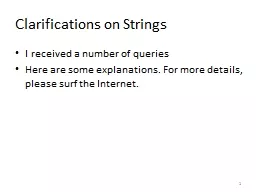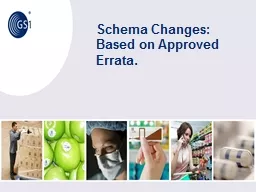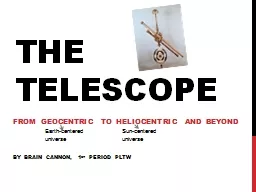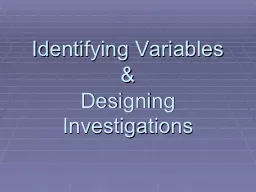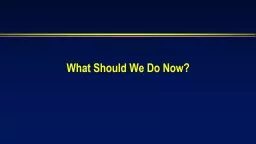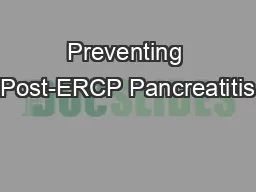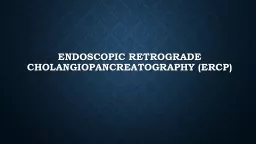PPT-ERCP: This changed my practice
Author : elizabeth | Published Date : 2022-06-11
Jennifer J Telford MD MPH FRCPC CSGNA September 22 2017 Victoria BC Objectives Tips to a difficult cannualtion Management of large stones Management of benign biliary
Presentation Embed Code
Download Presentation
Download Presentation The PPT/PDF document "ERCP: This changed my practice" is the property of its rightful owner. Permission is granted to download and print the materials on this website for personal, non-commercial use only, and to display it on your personal computer provided you do not modify the materials and that you retain all copyright notices contained in the materials. By downloading content from our website, you accept the terms of this agreement.
ERCP: This changed my practice: Transcript
Download Rules Of Document
"ERCP: This changed my practice"The content belongs to its owner. You may download and print it for personal use, without modification, and keep all copyright notices. By downloading, you agree to these terms.
Related Documents

